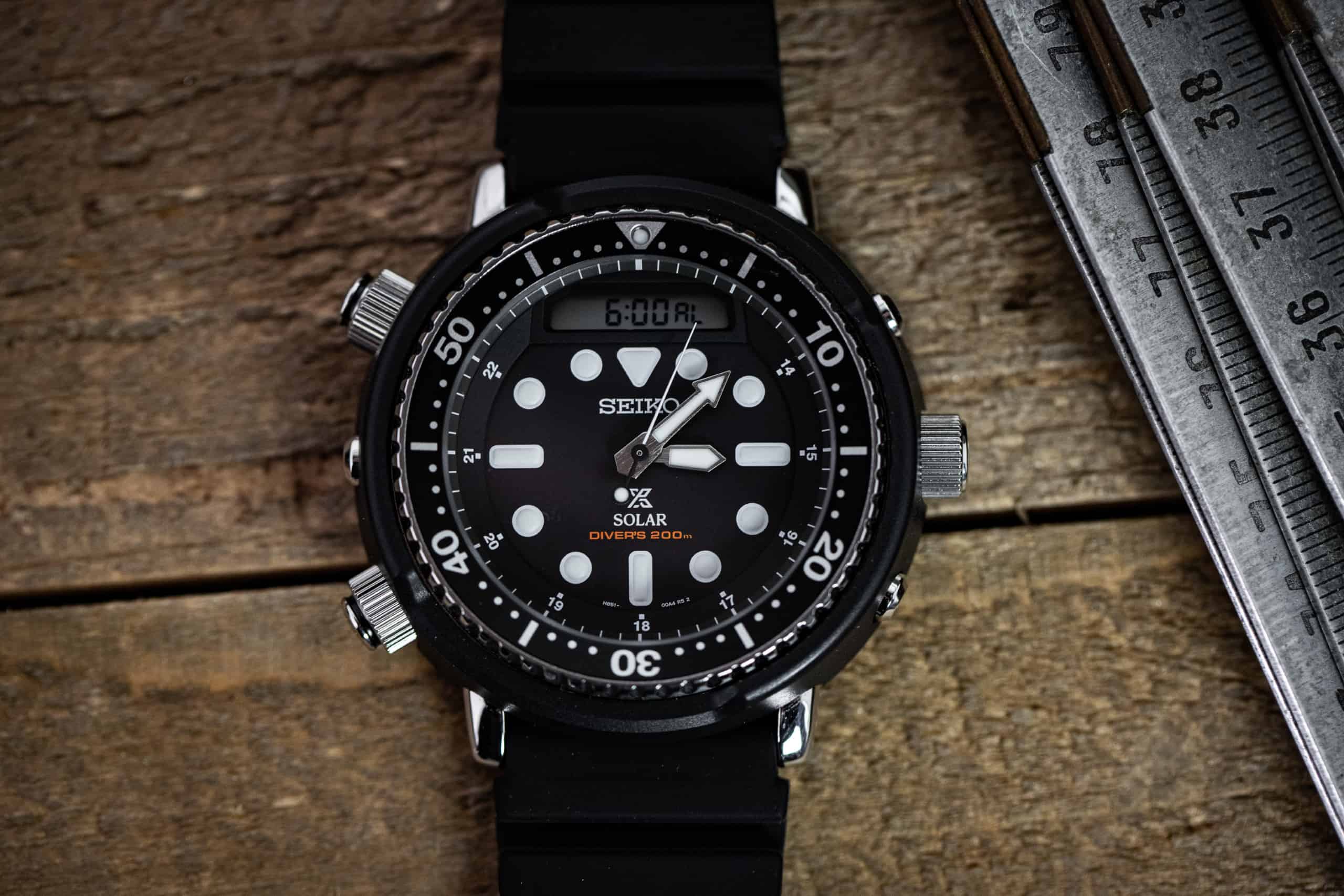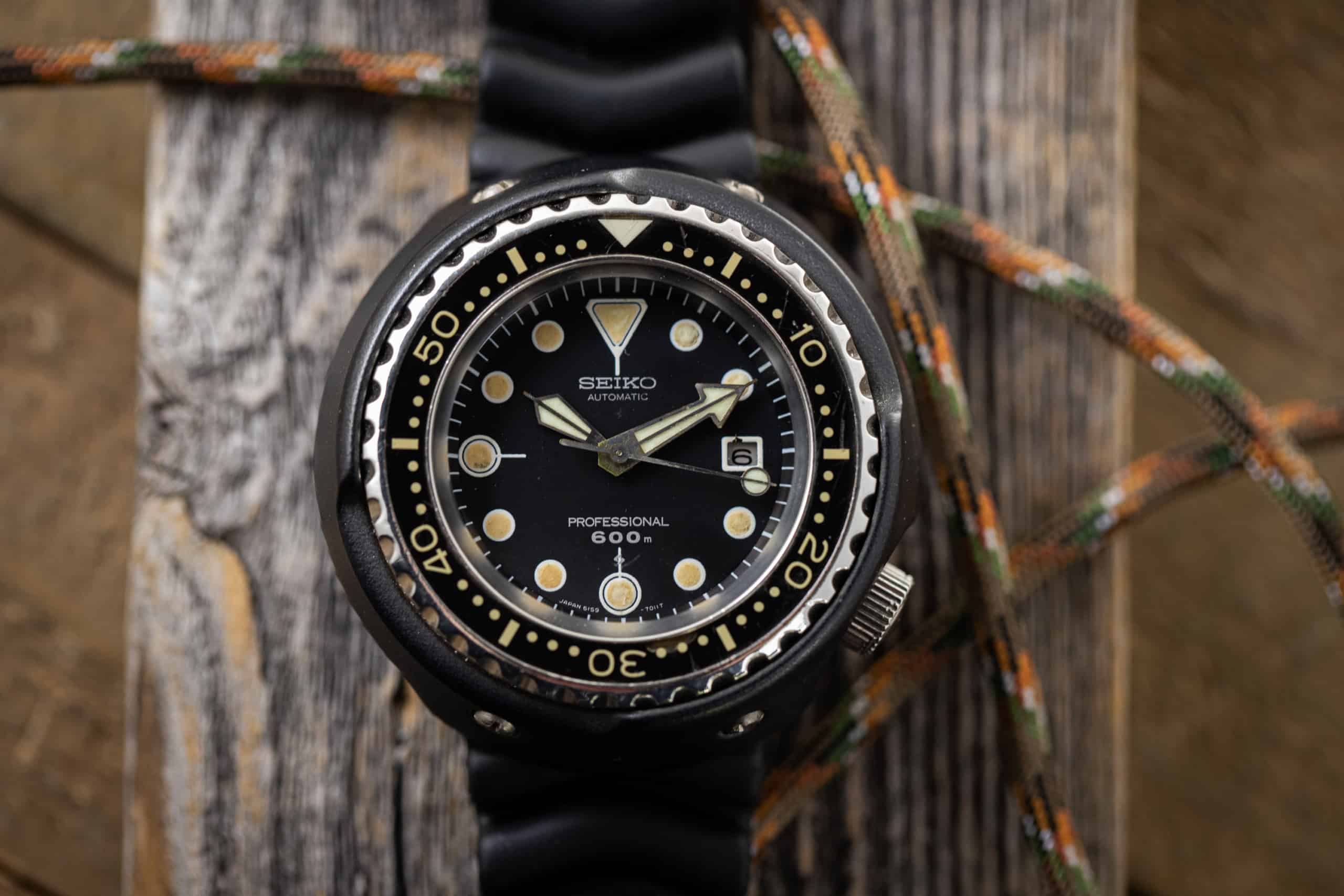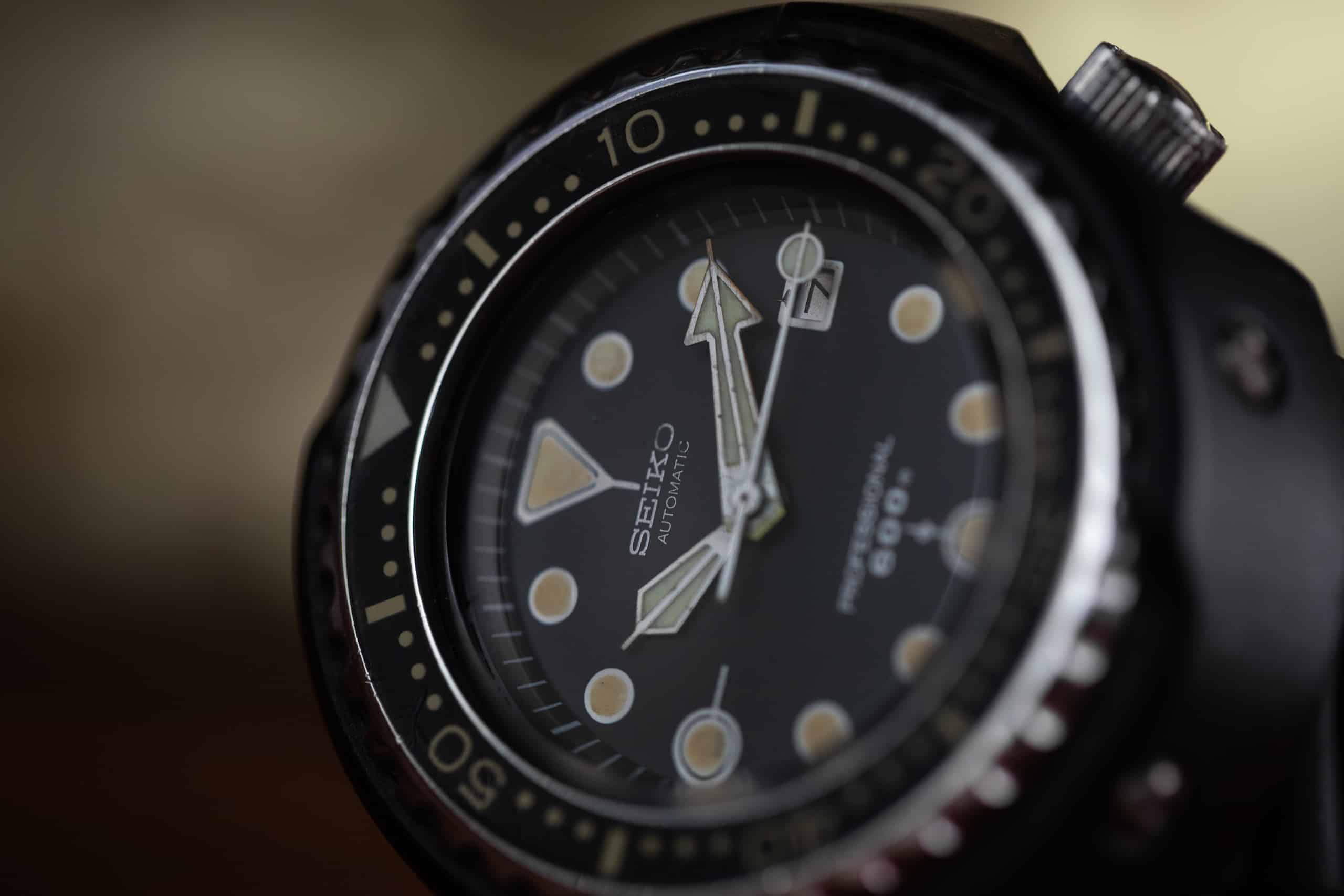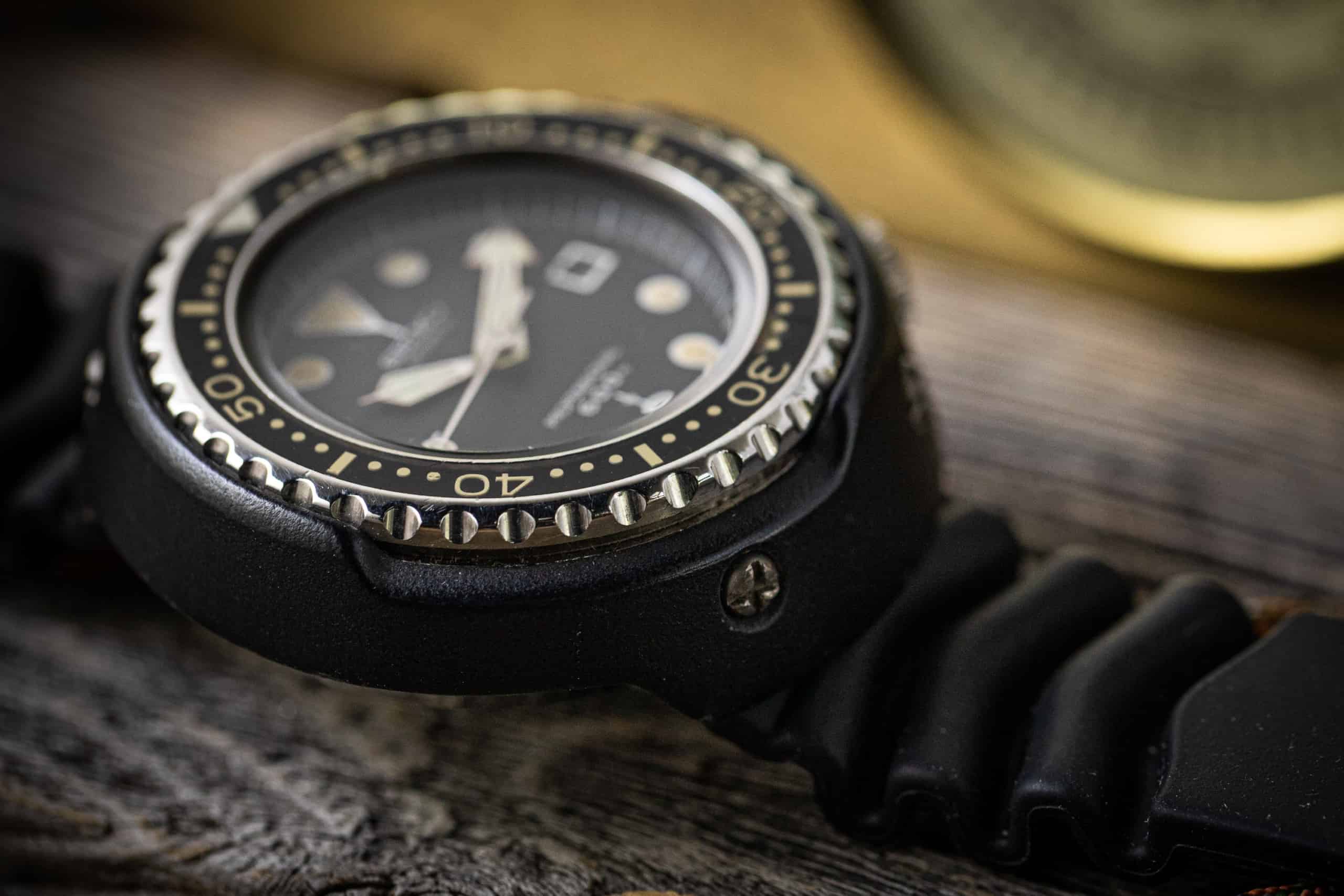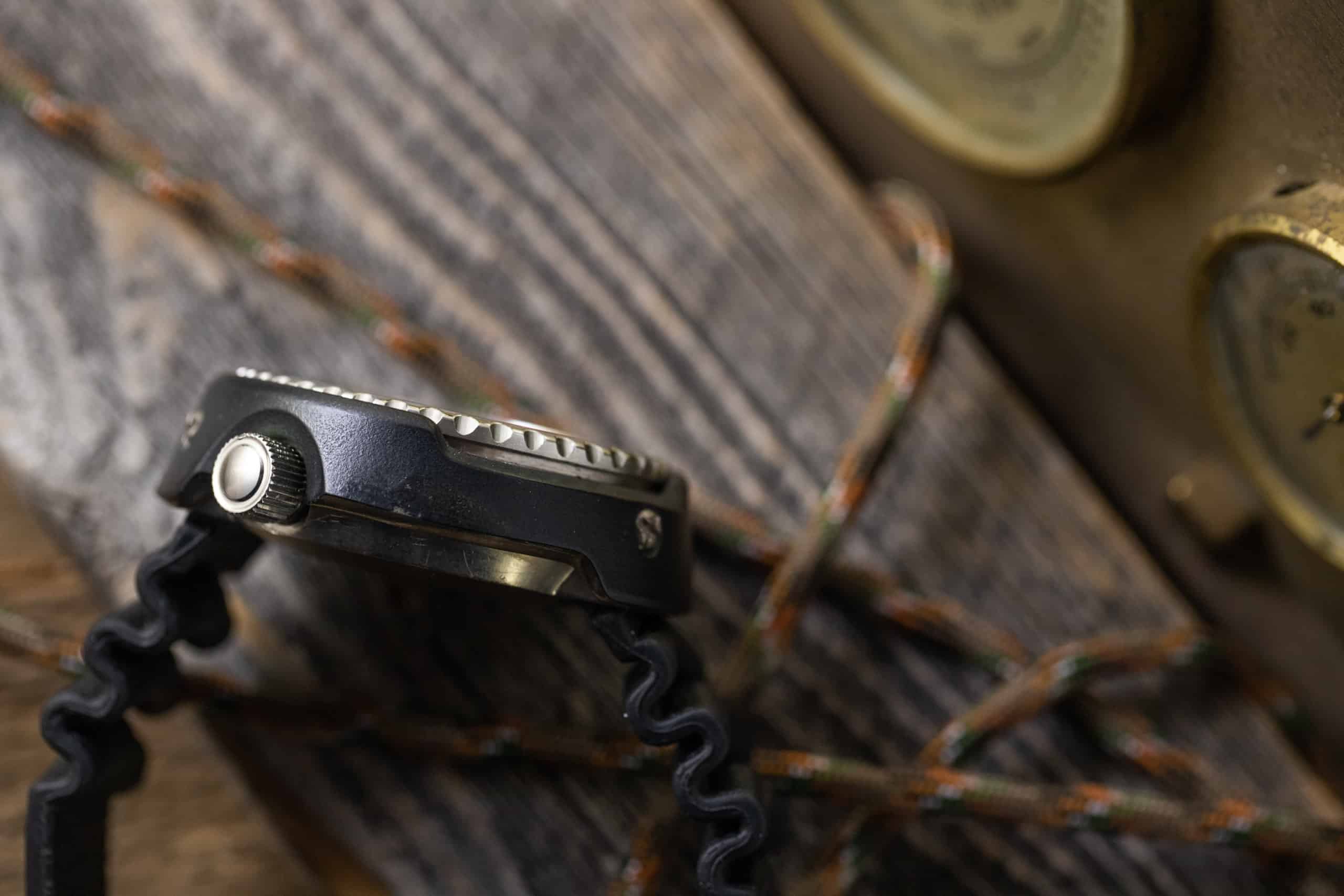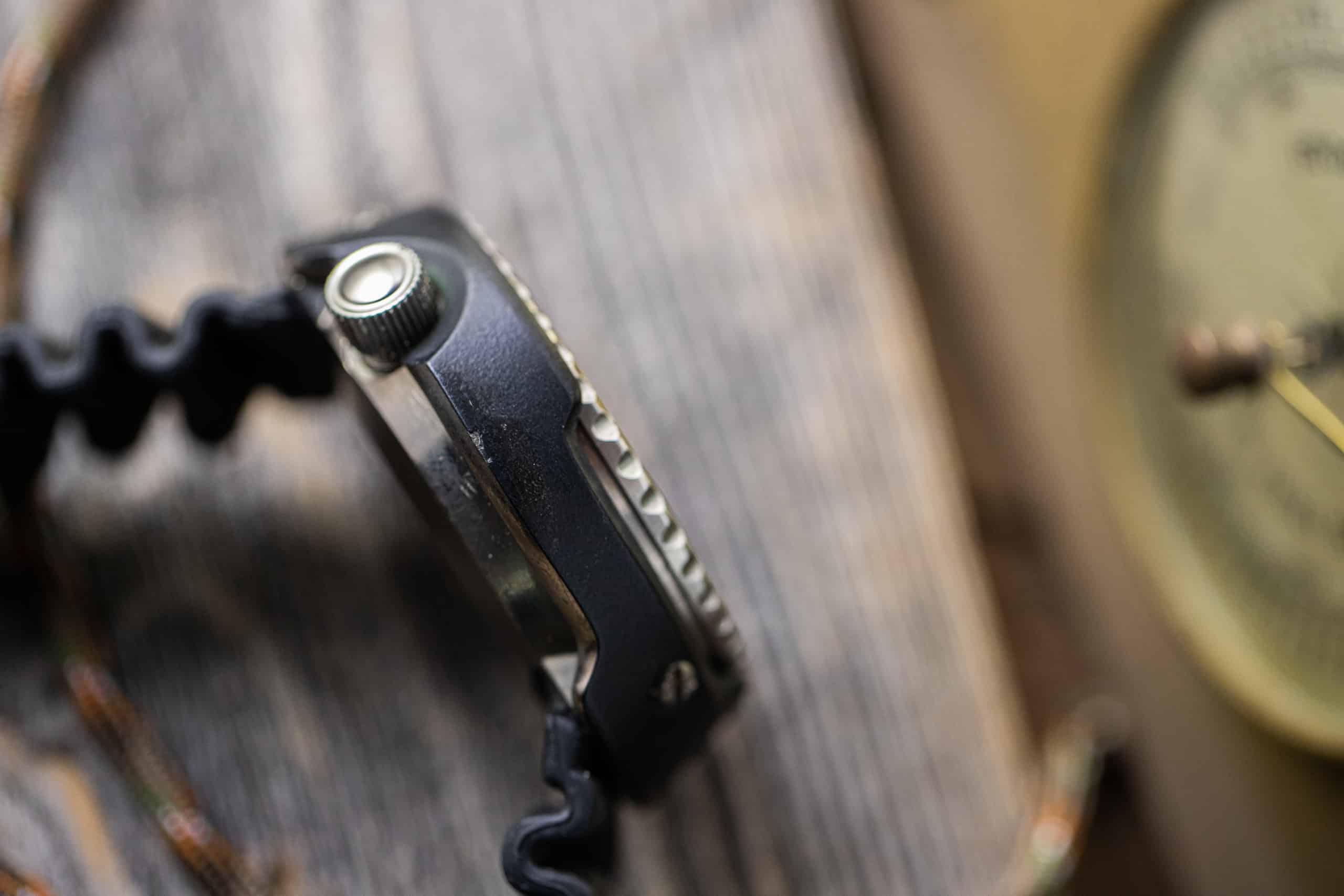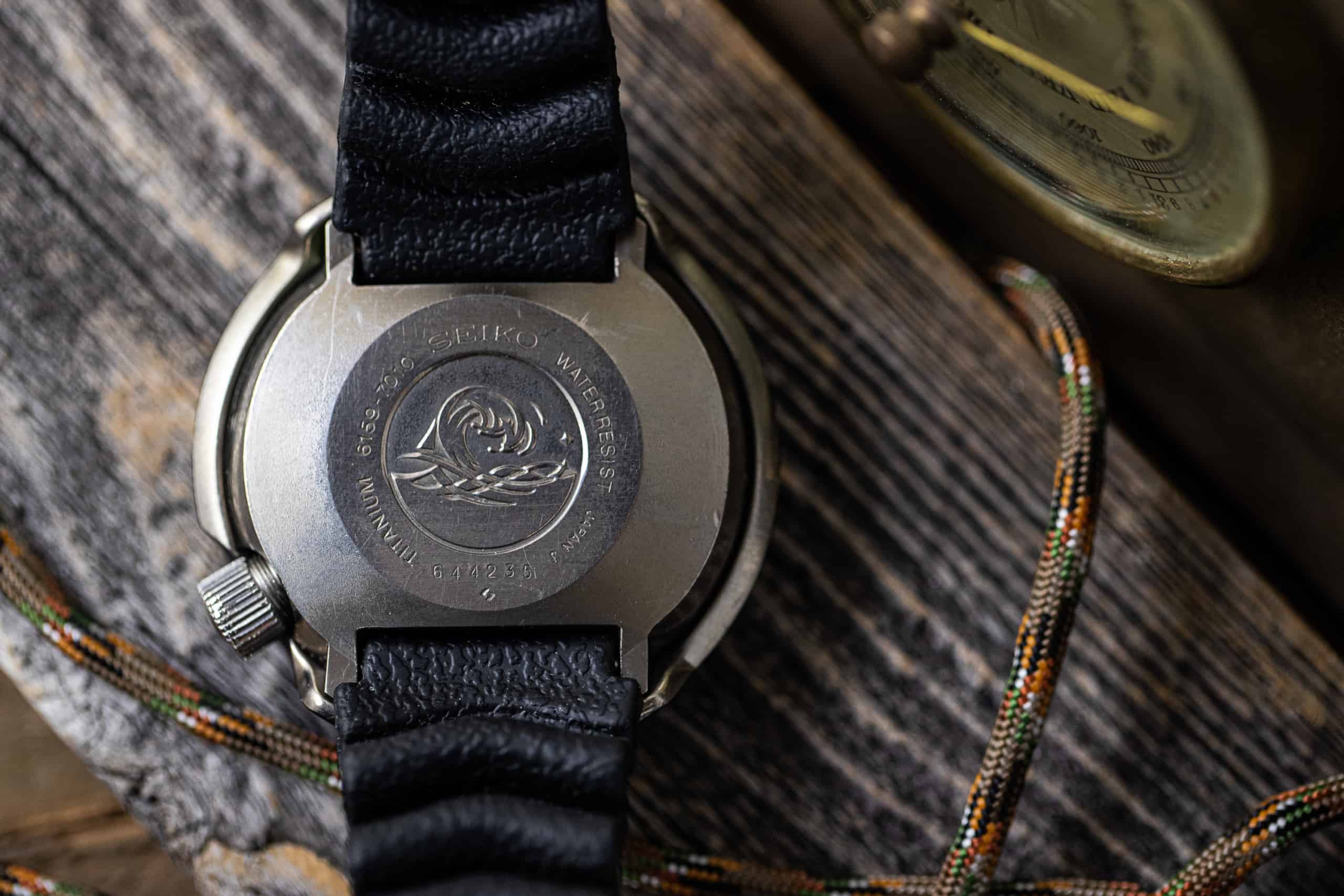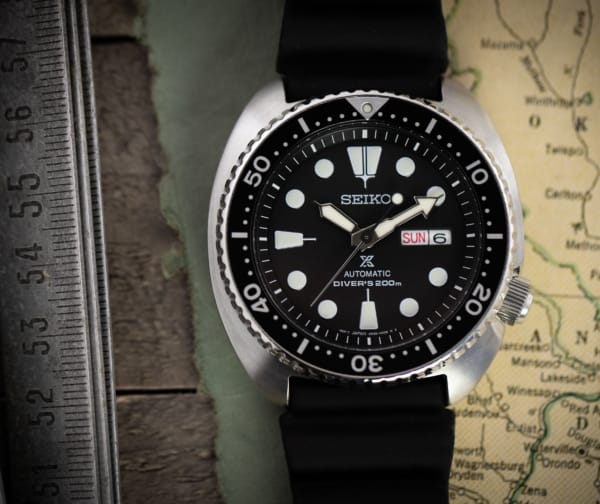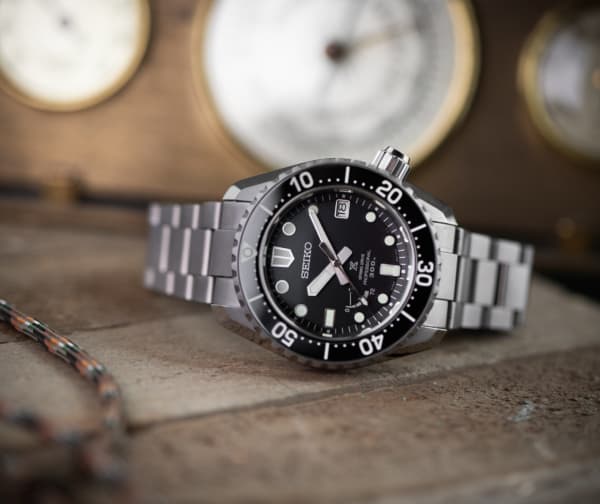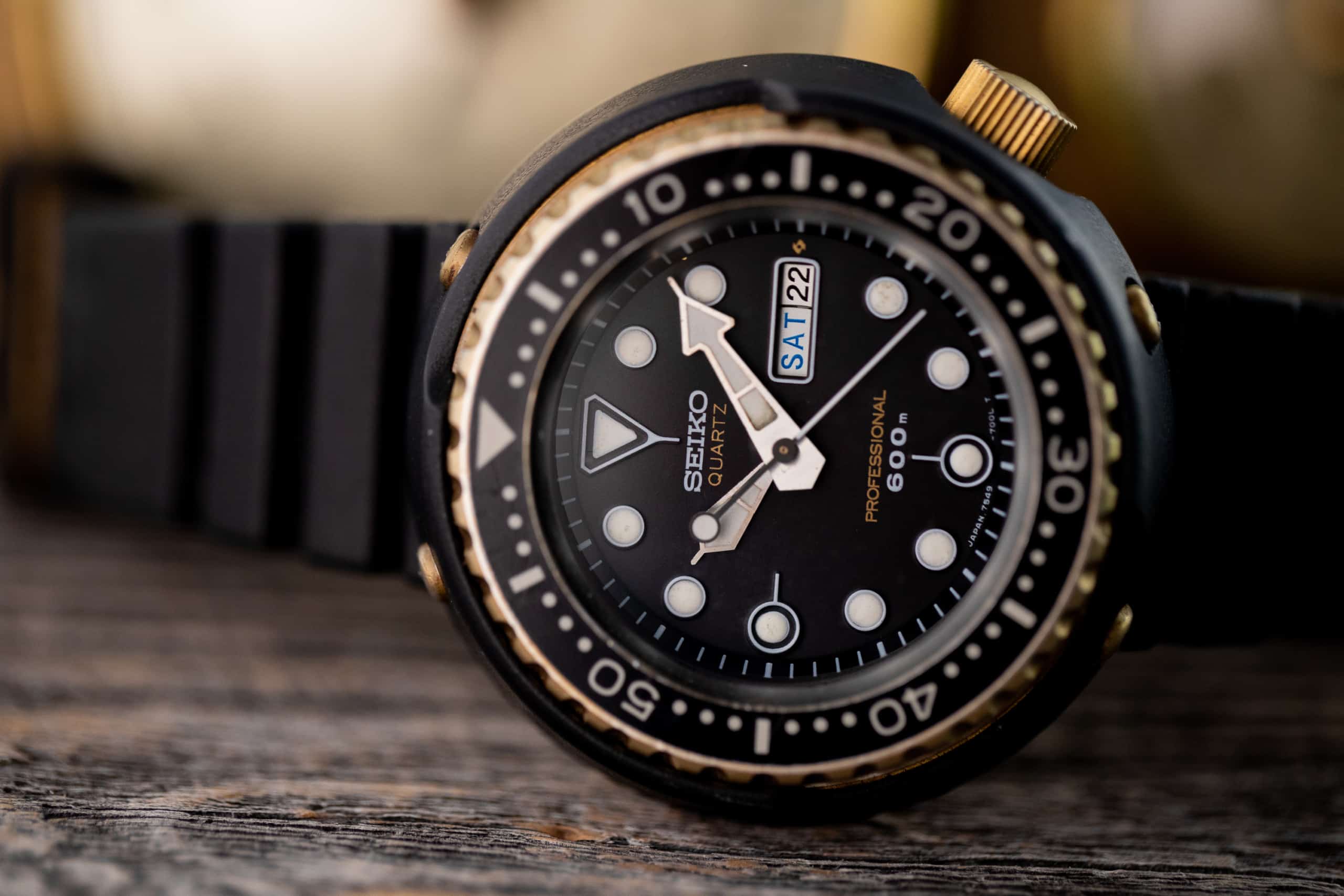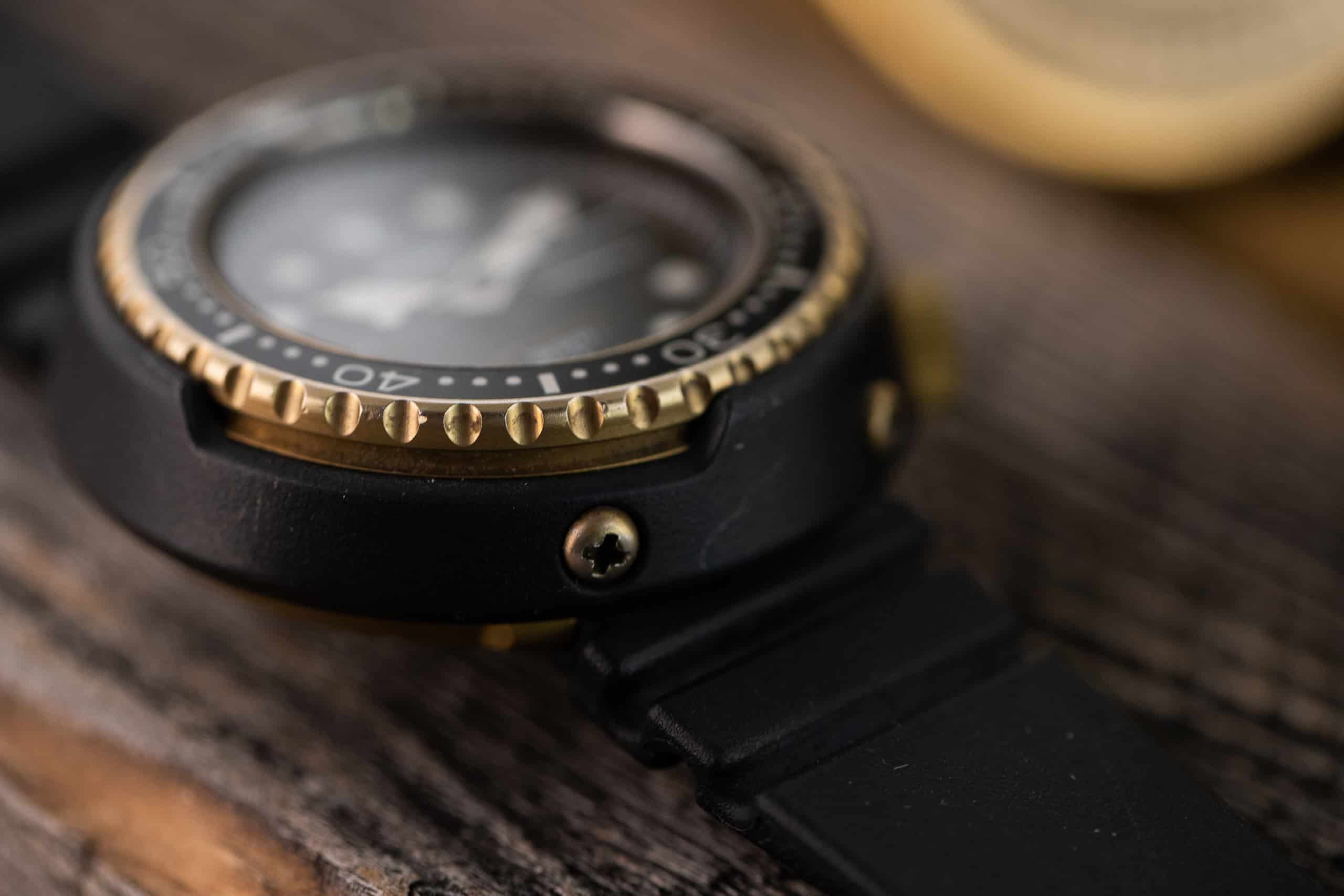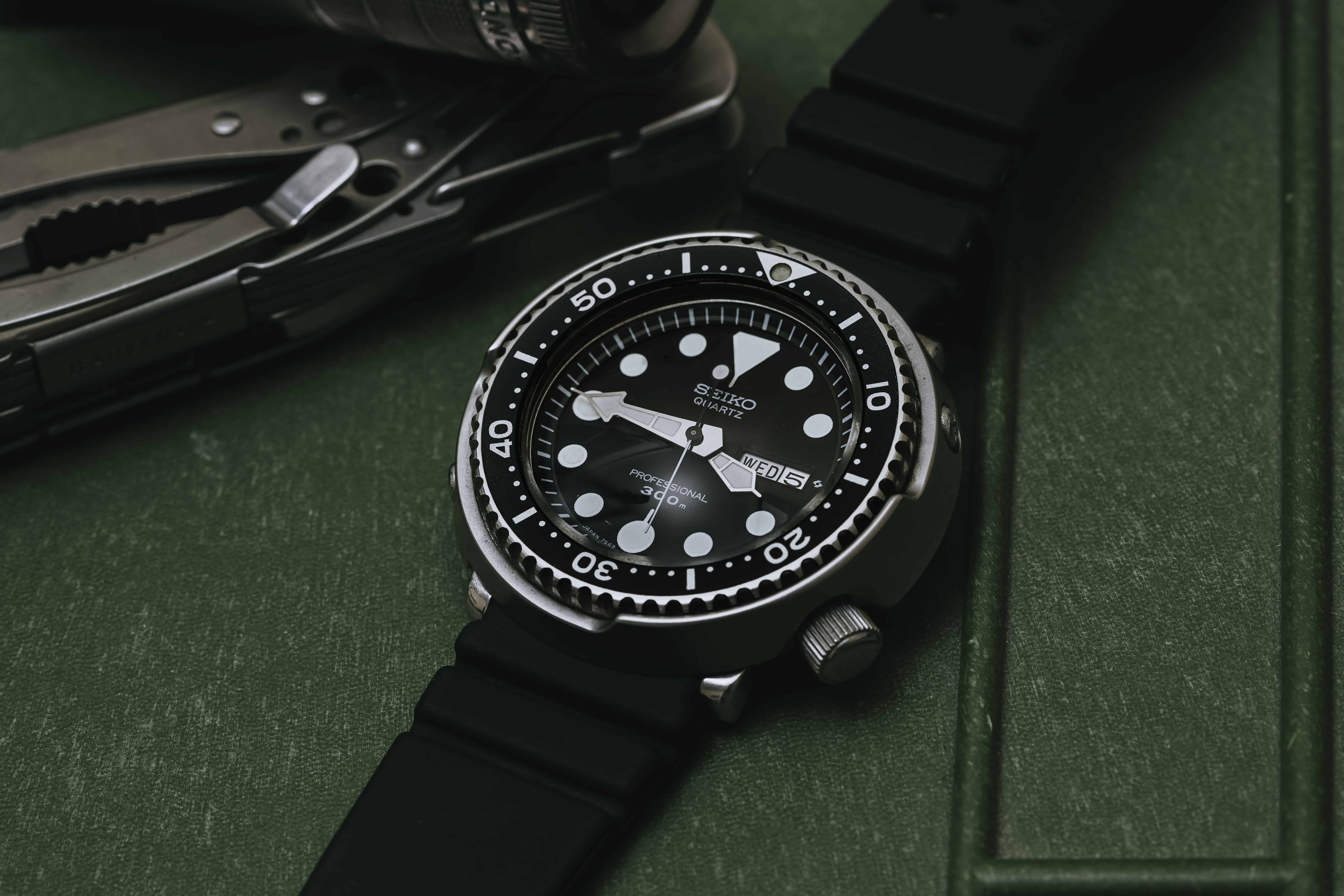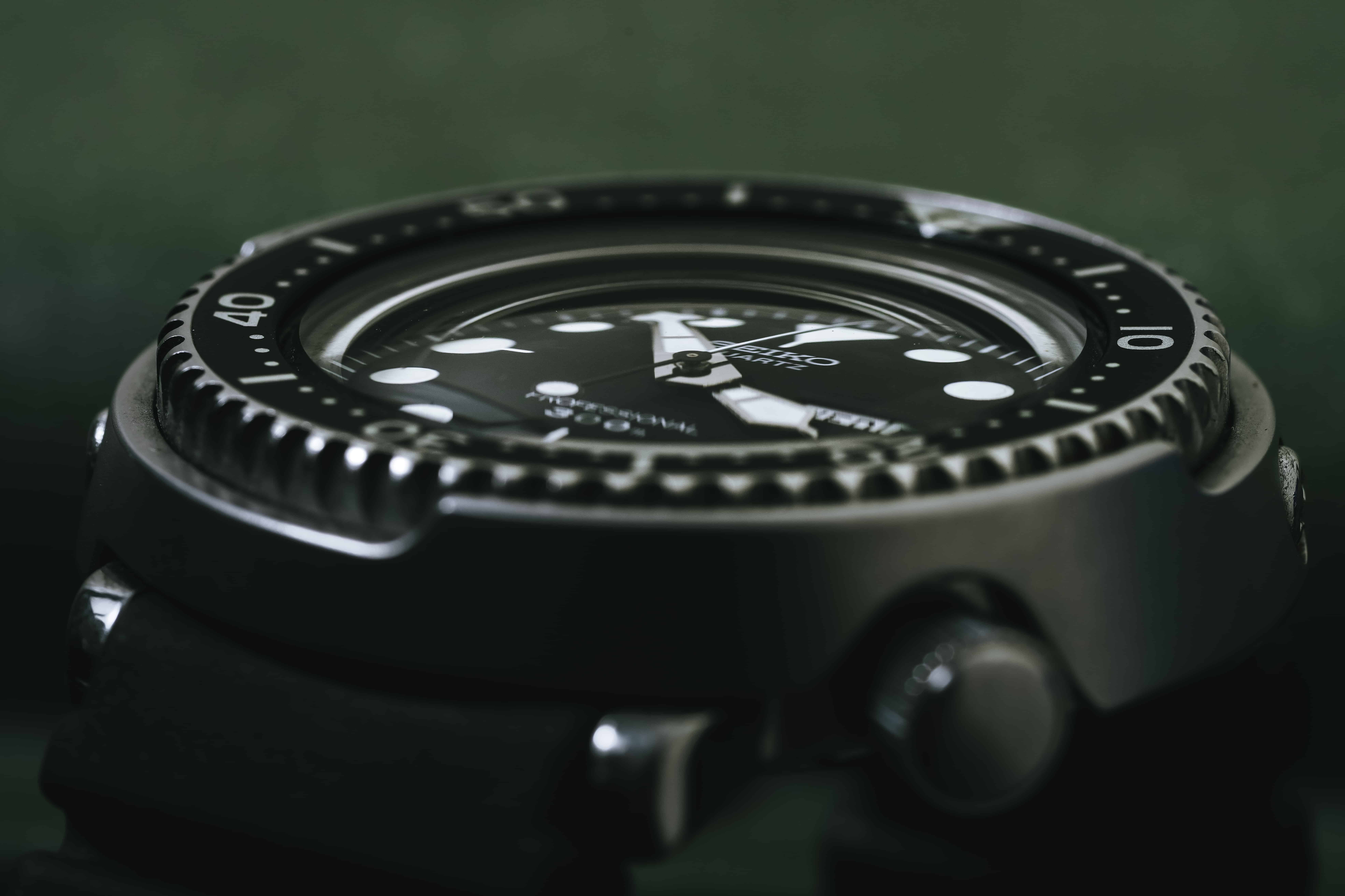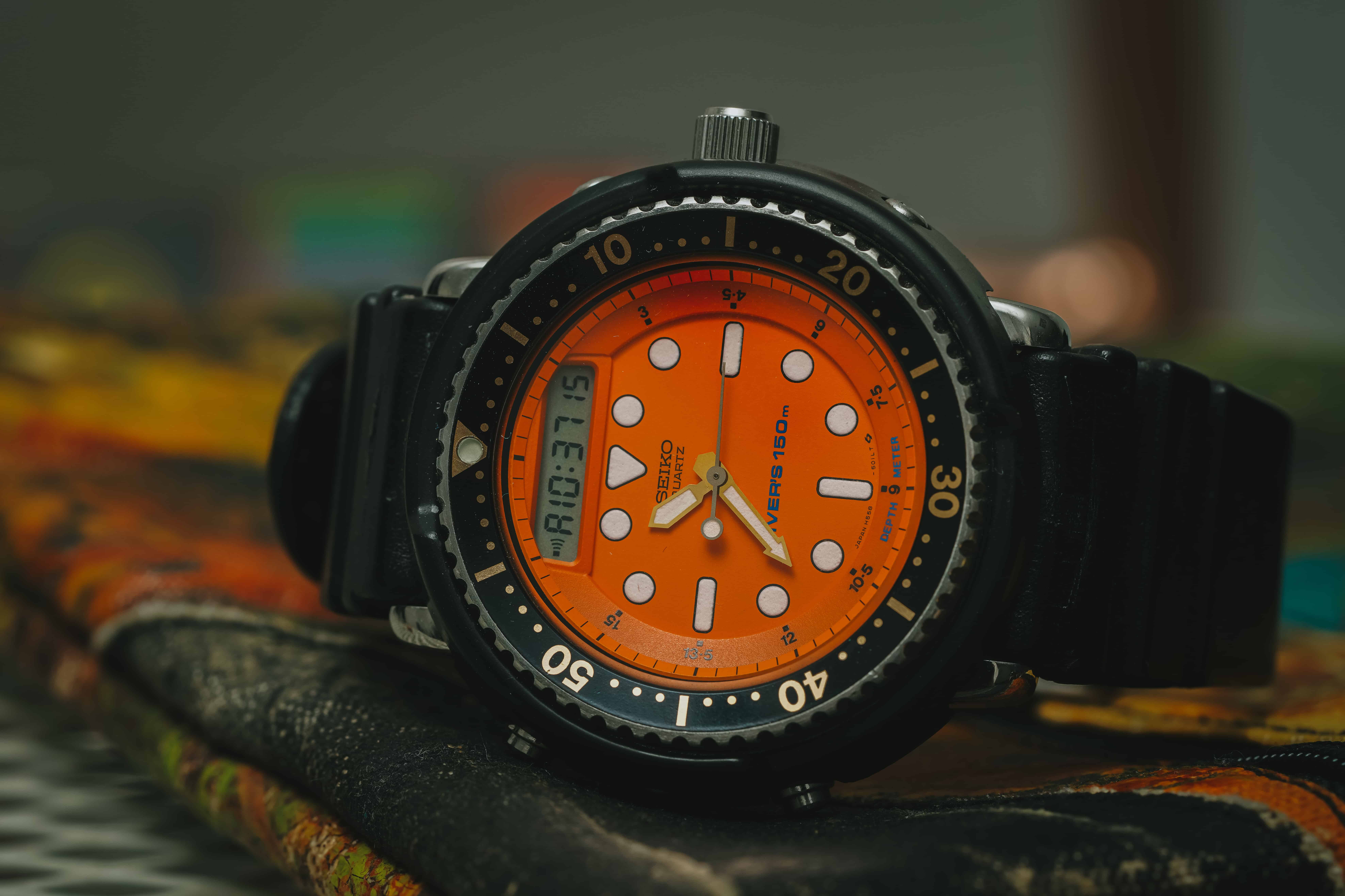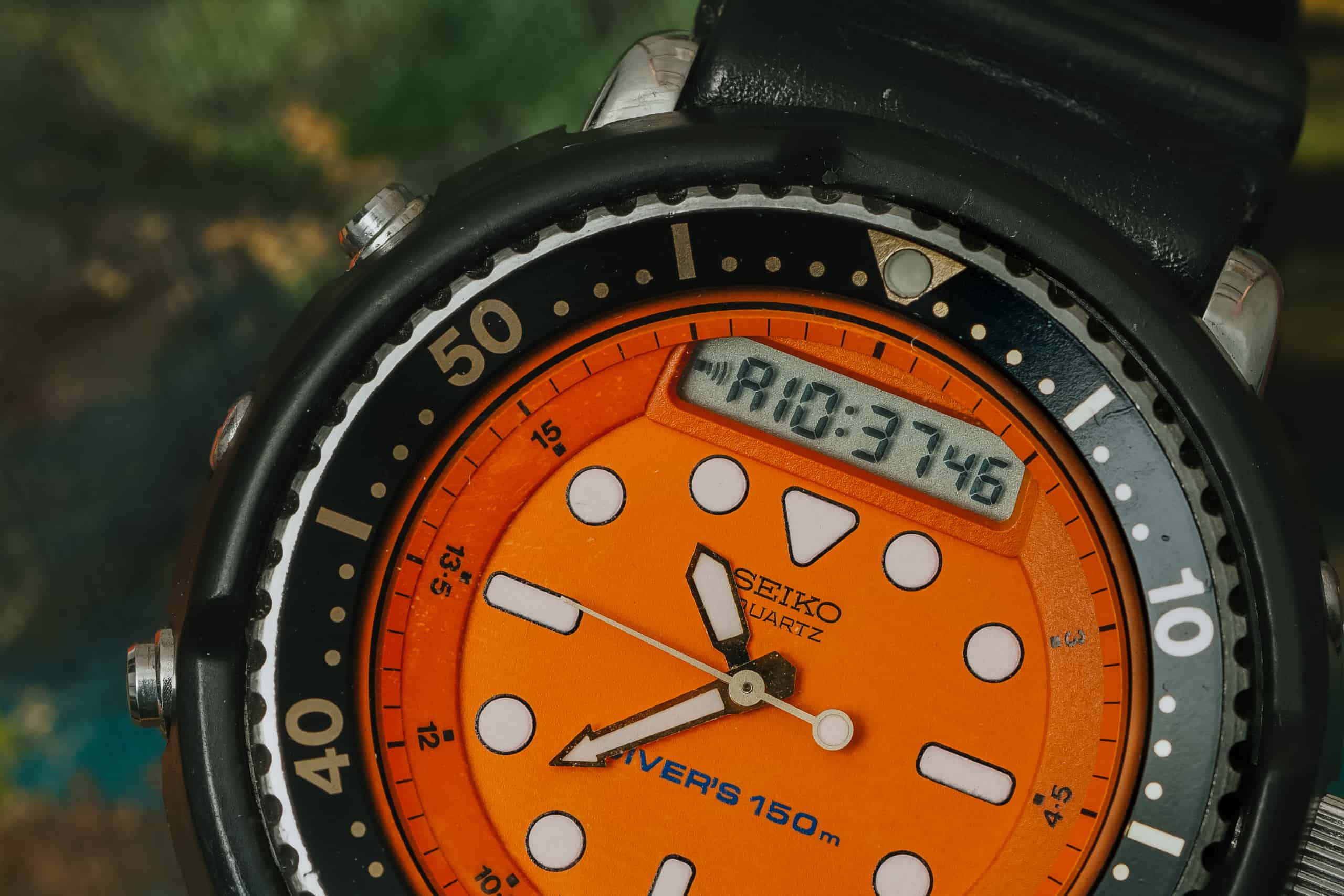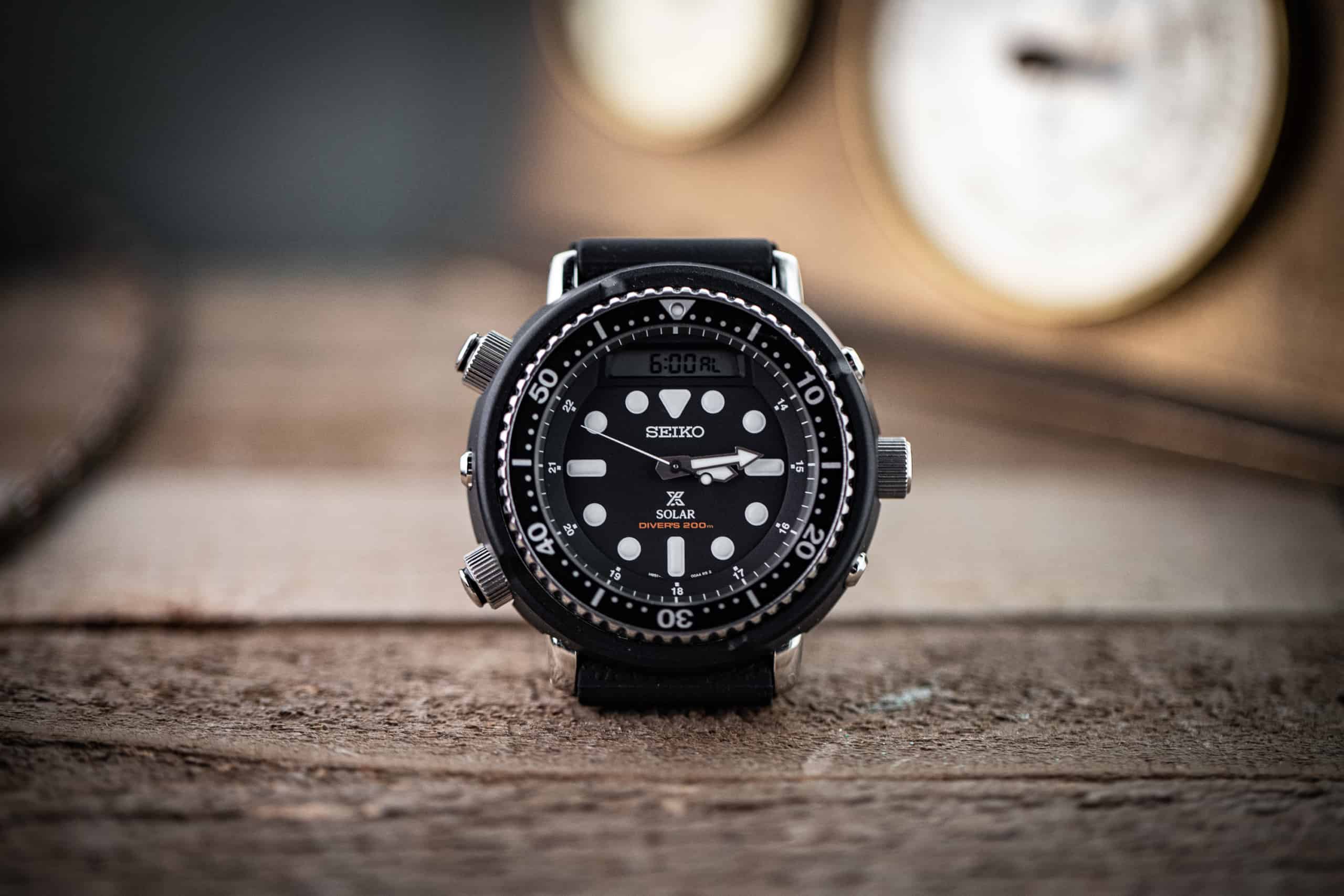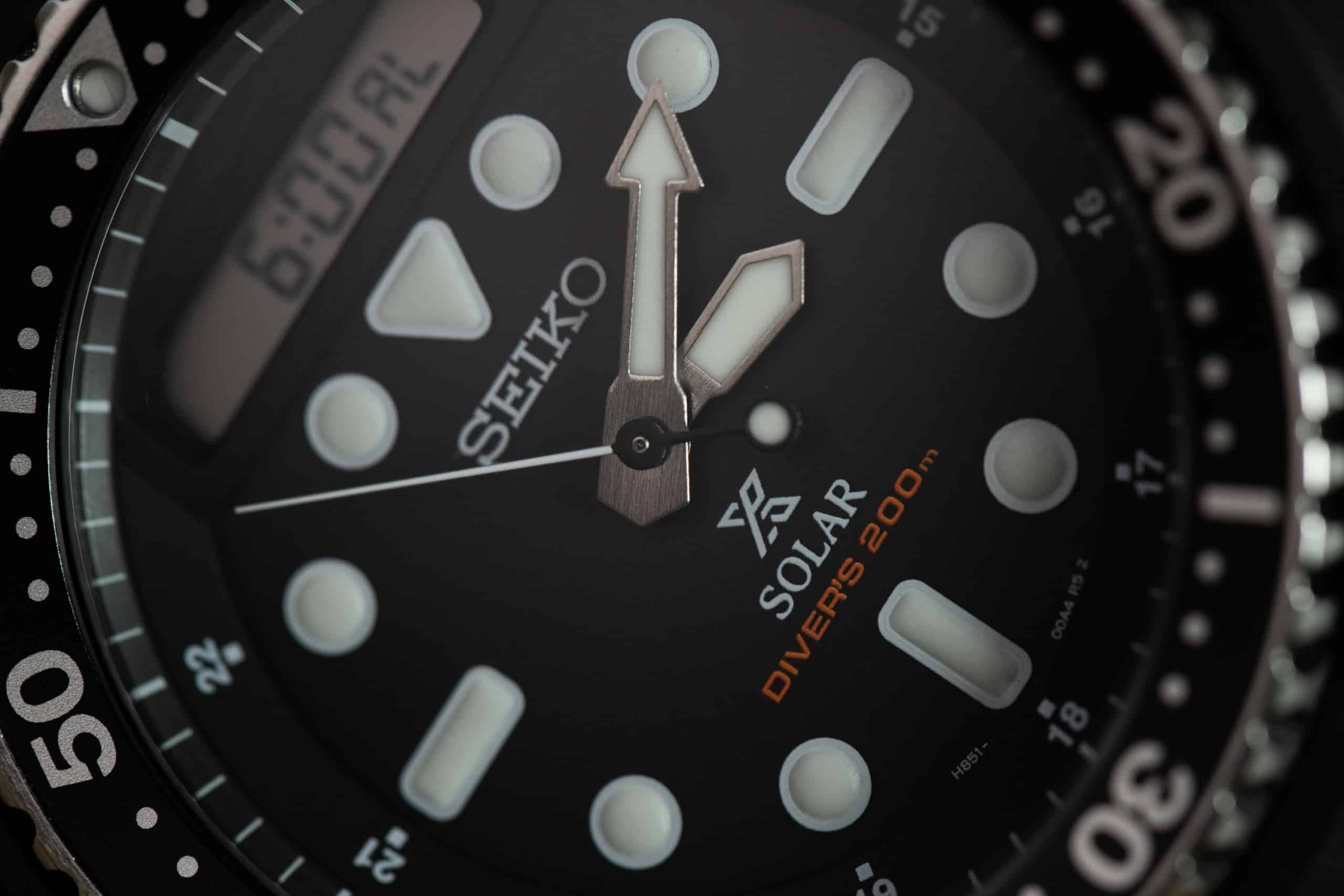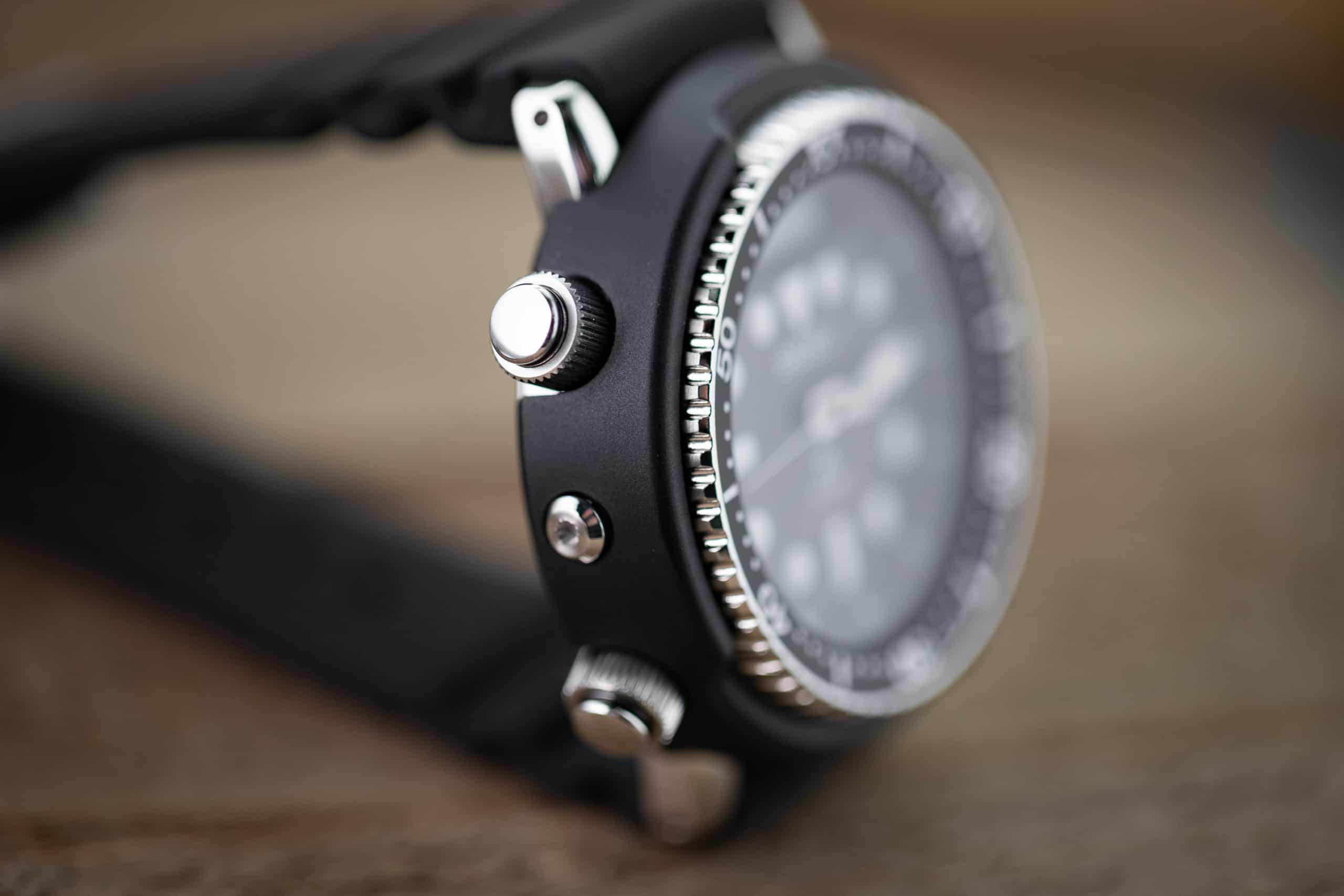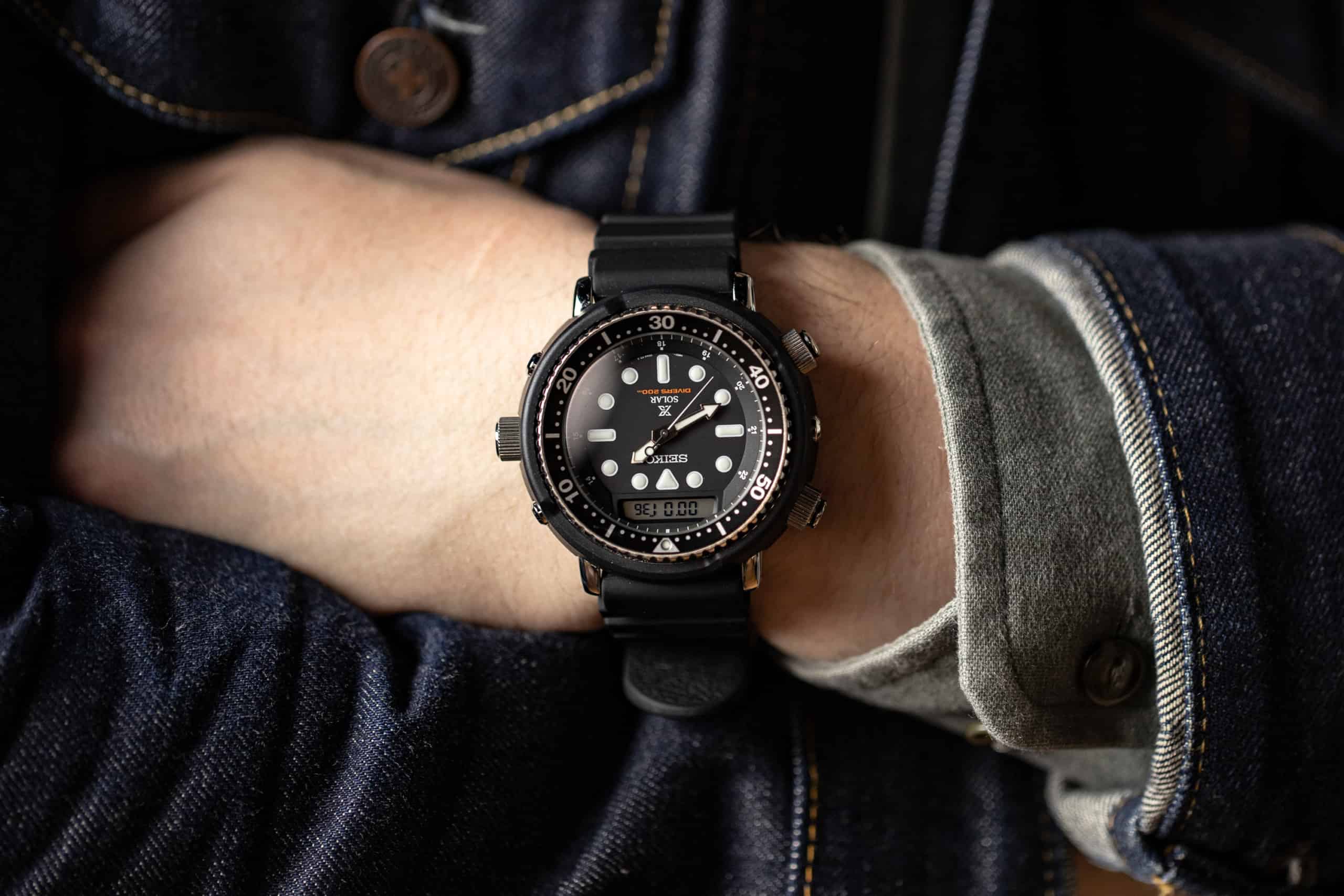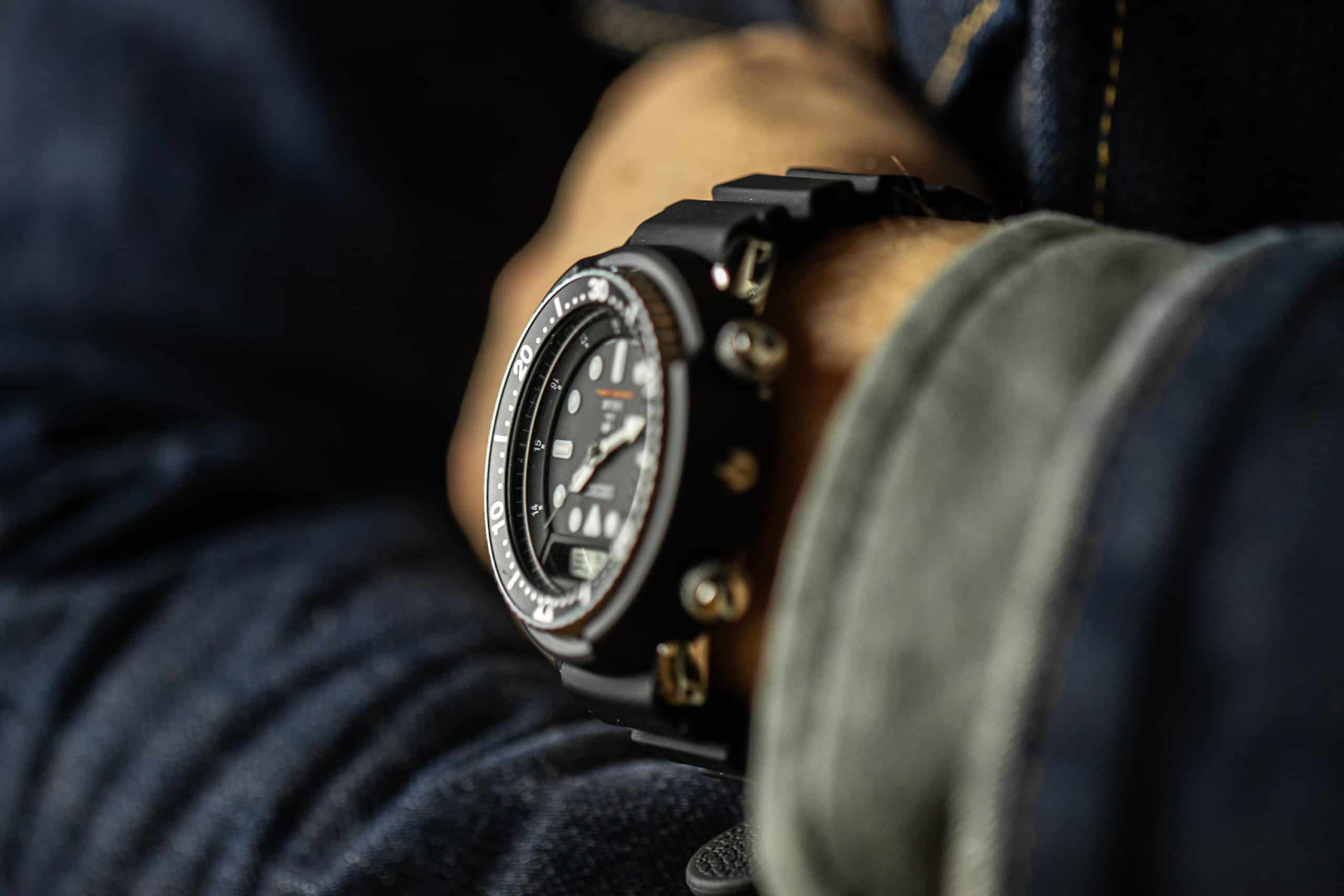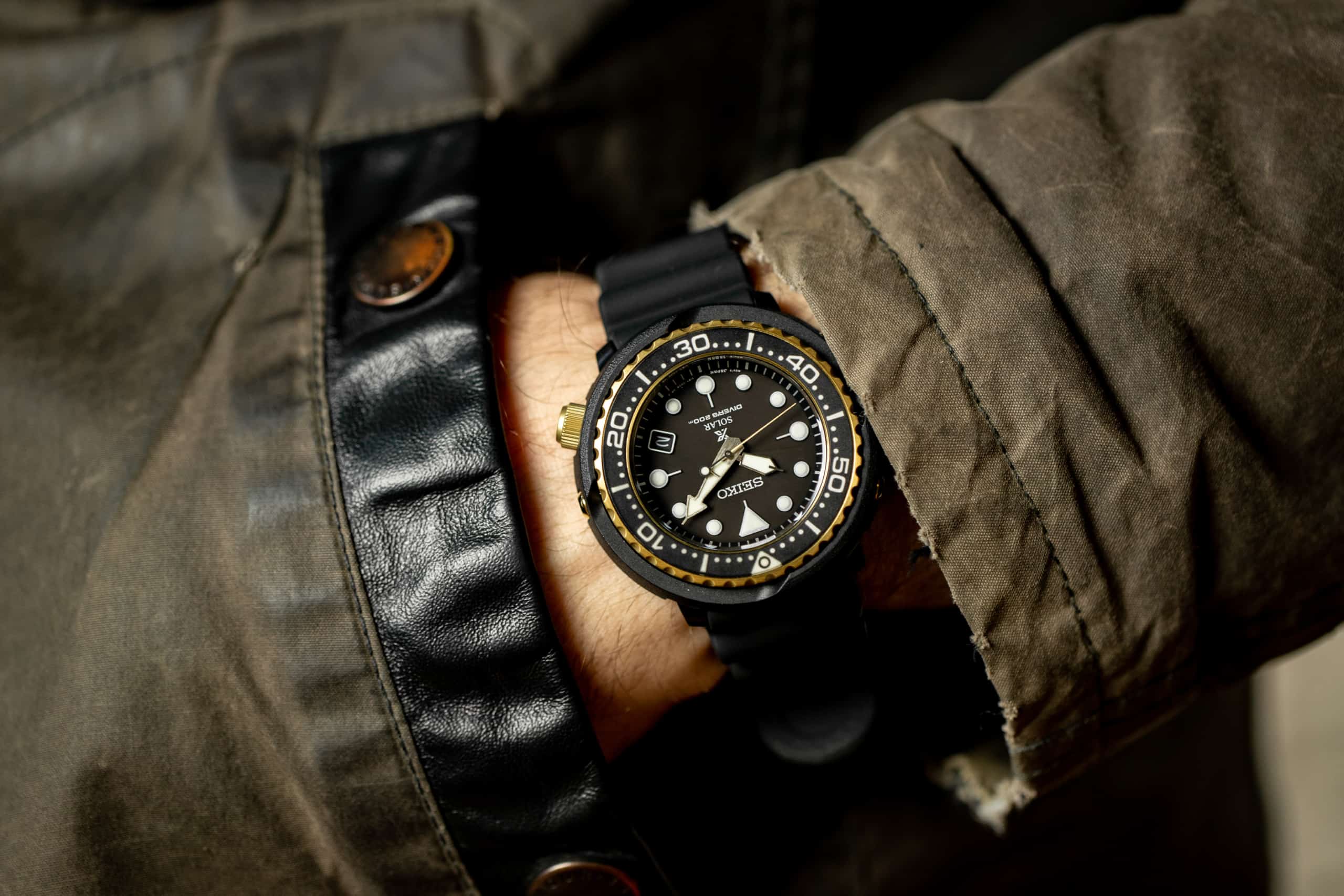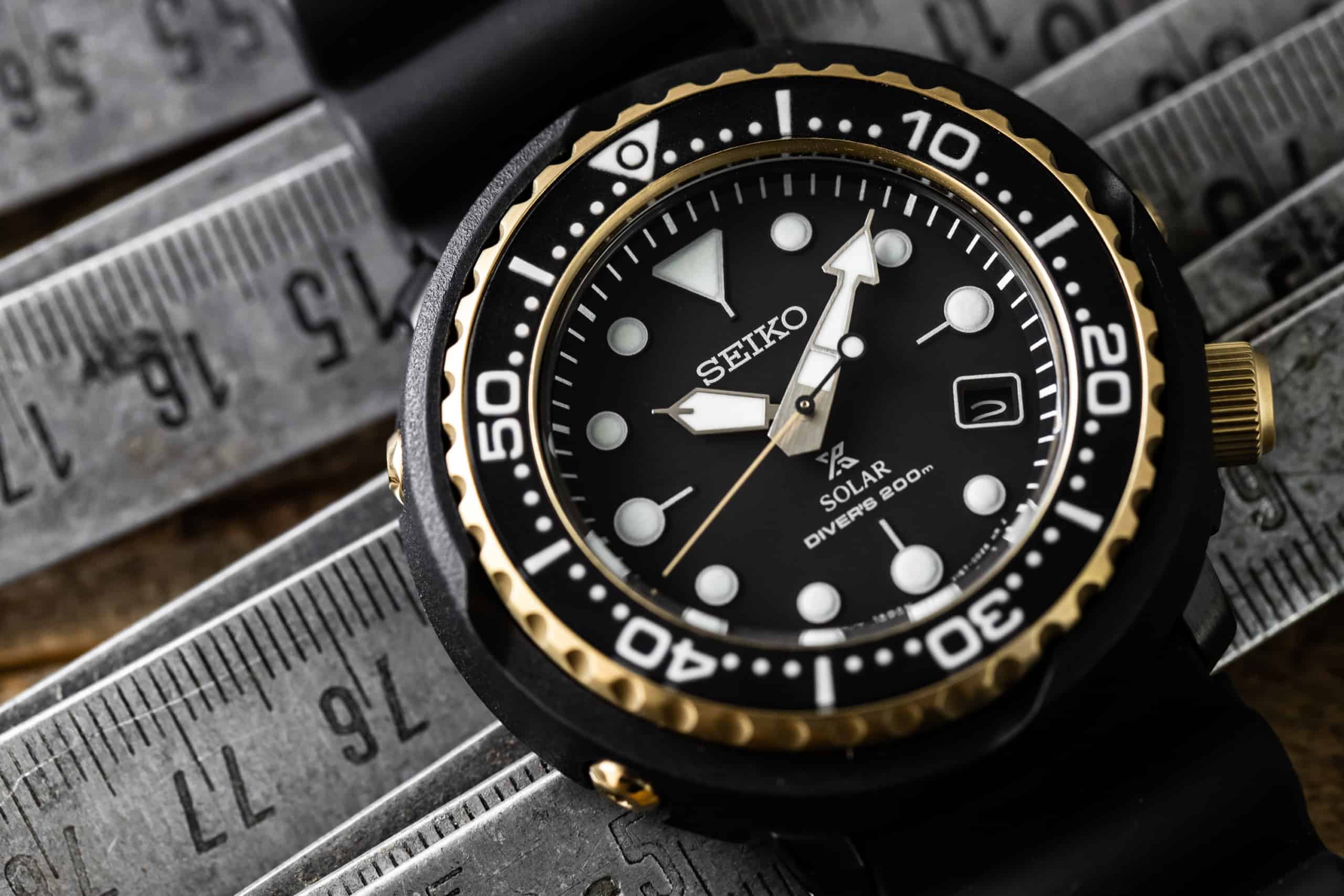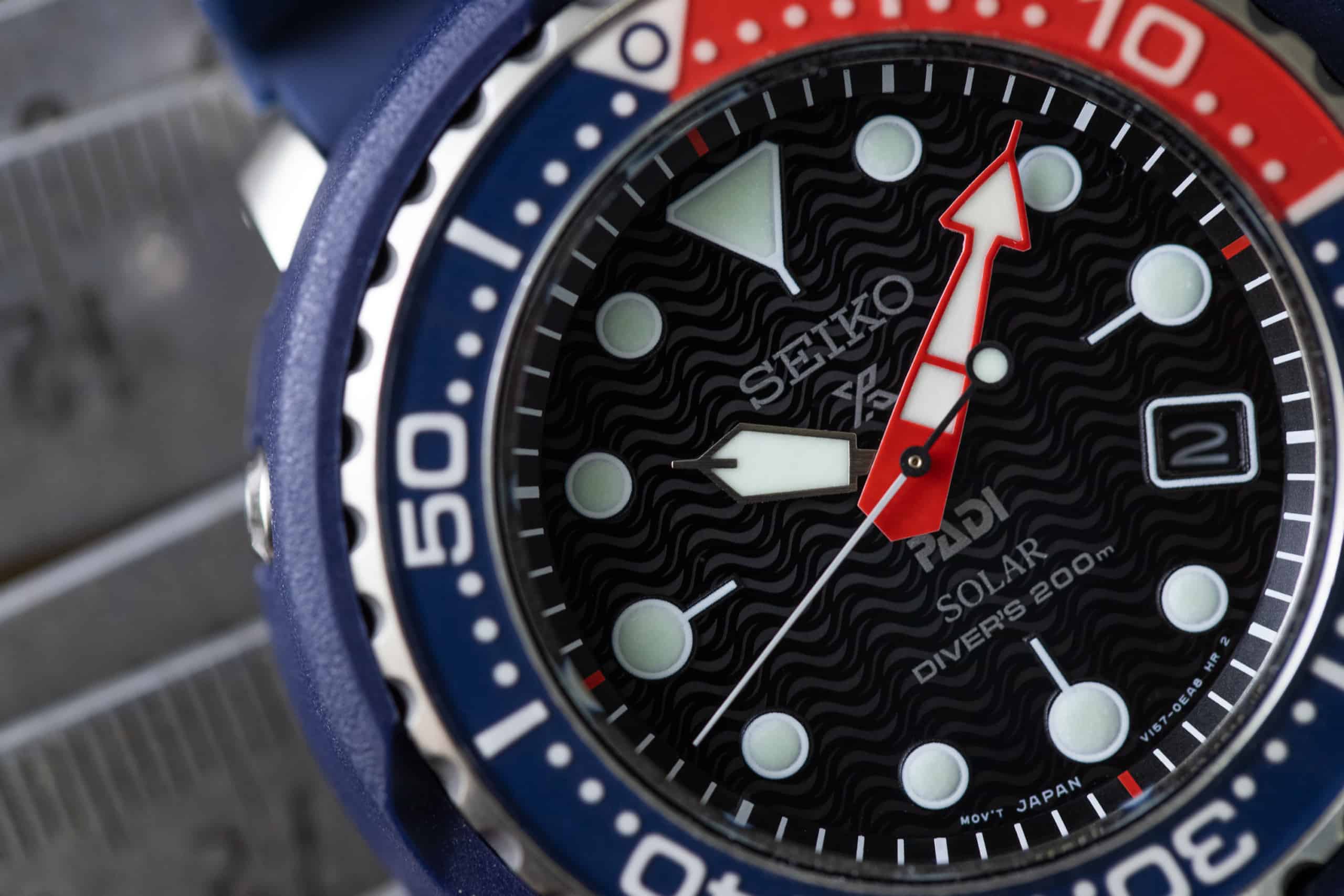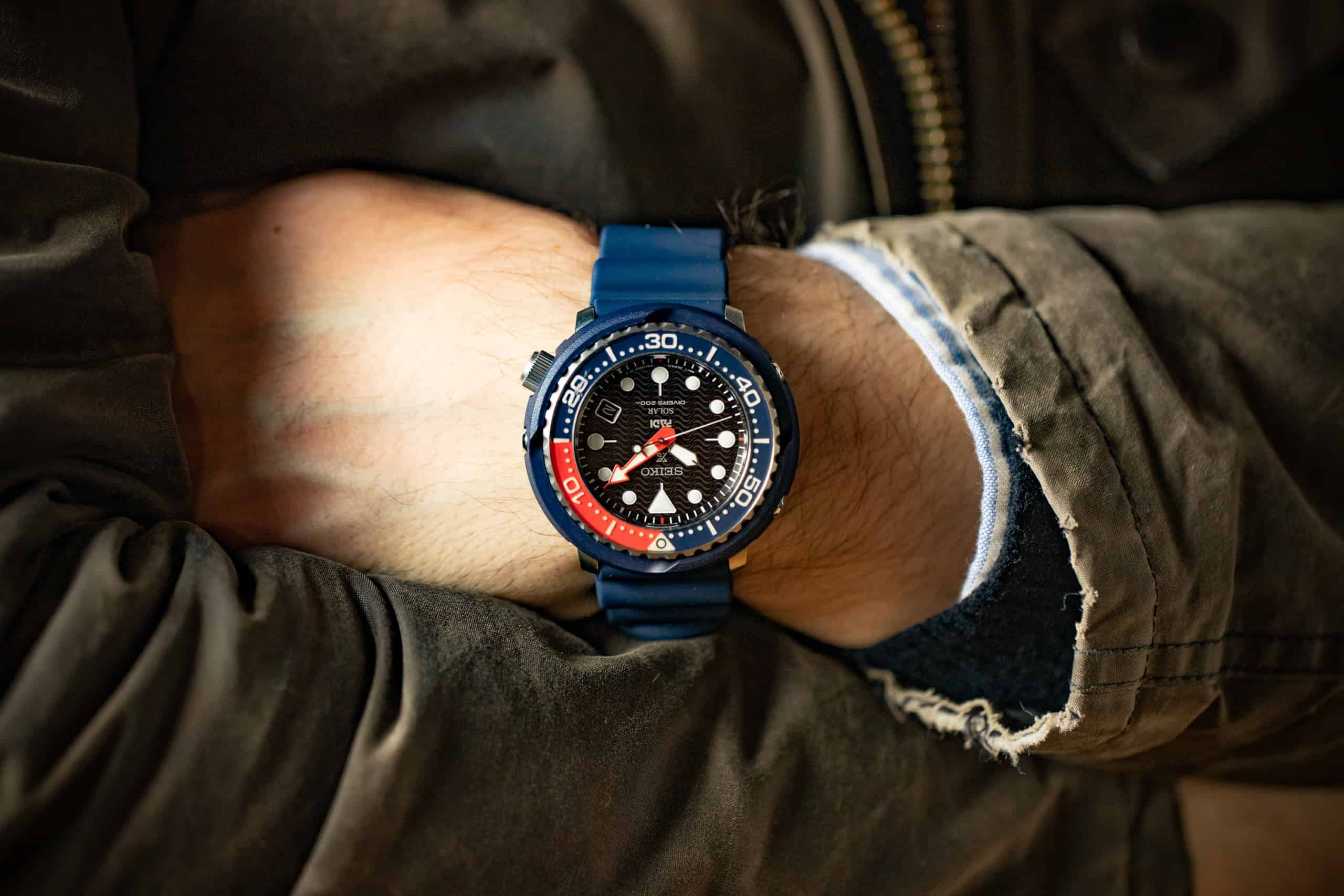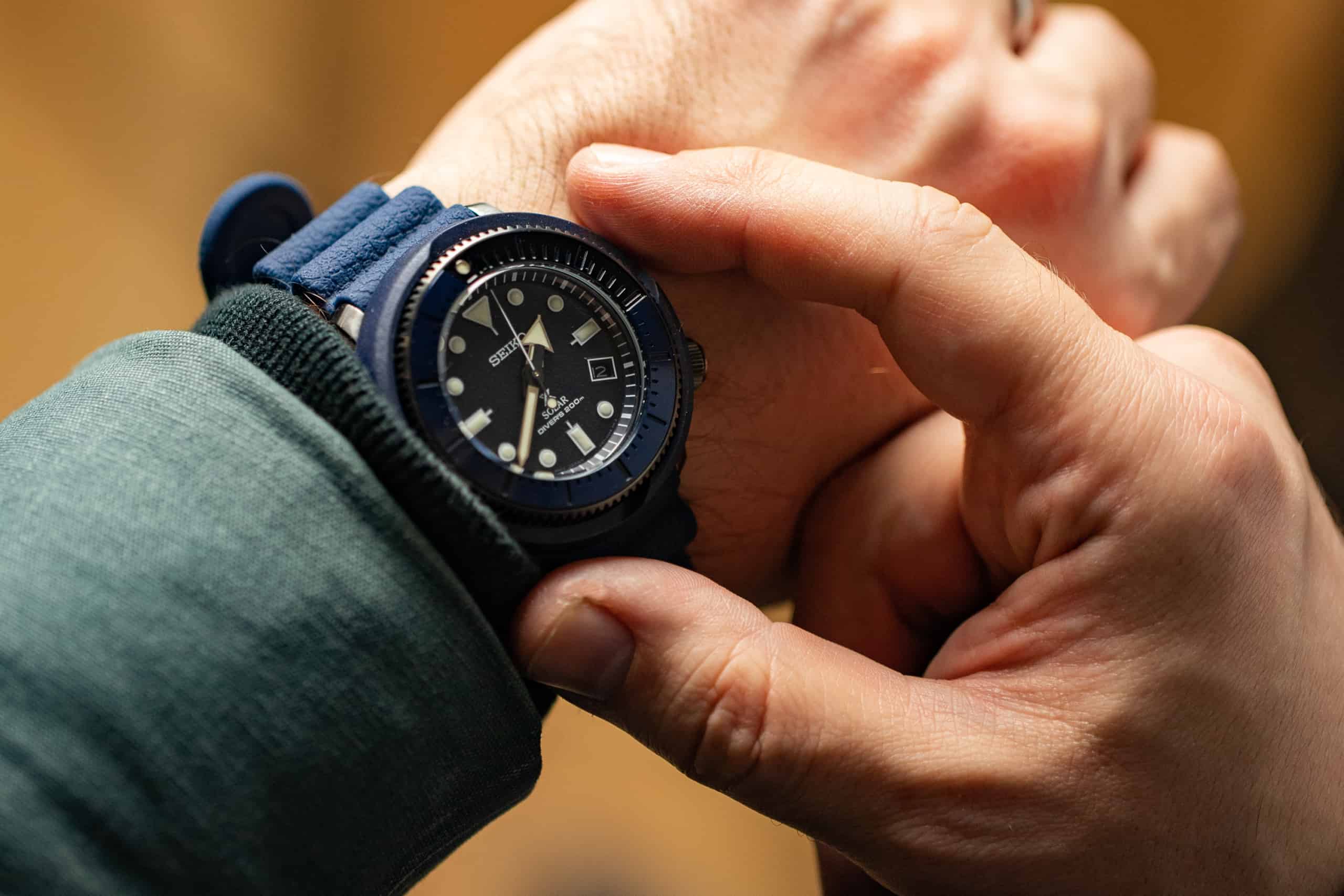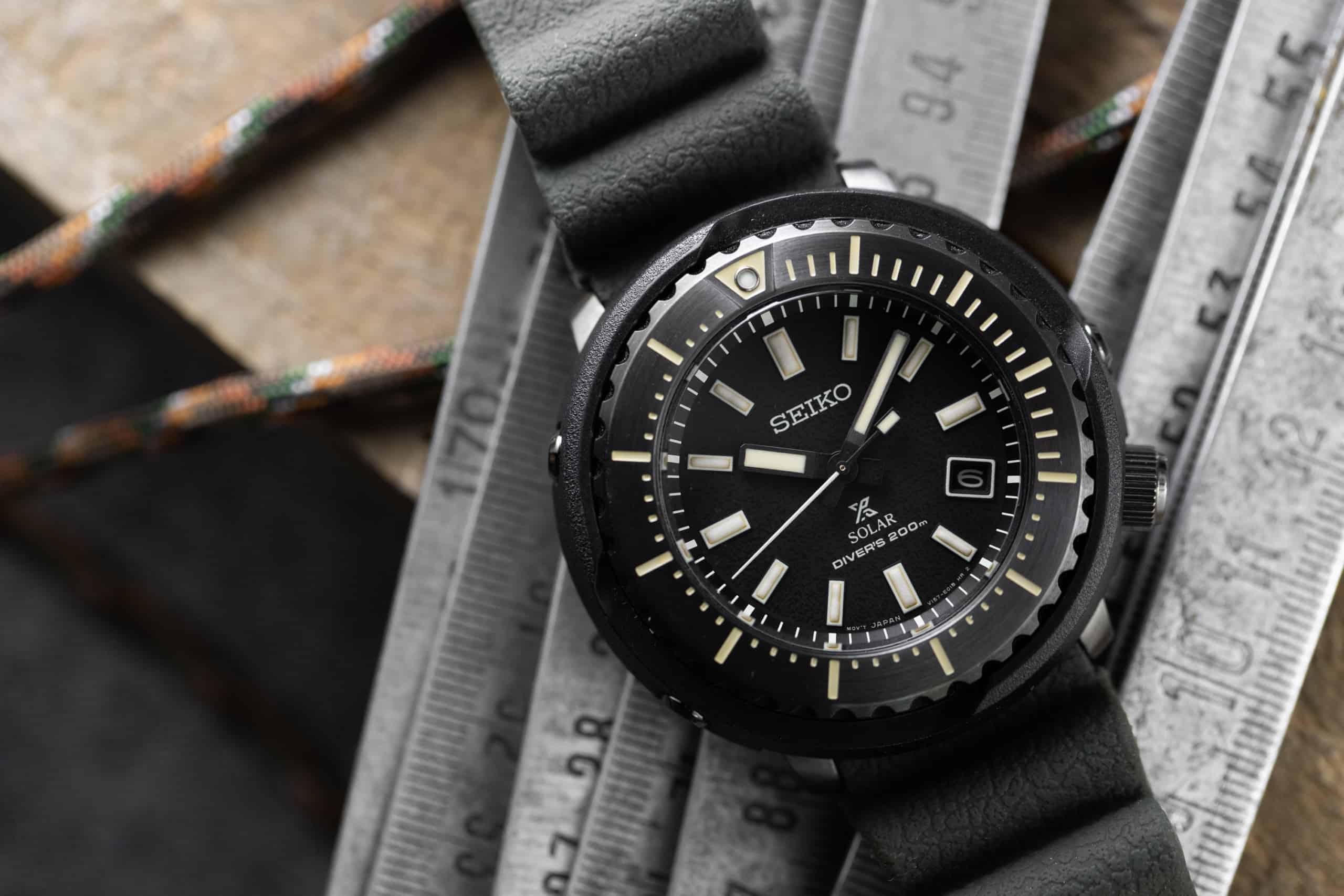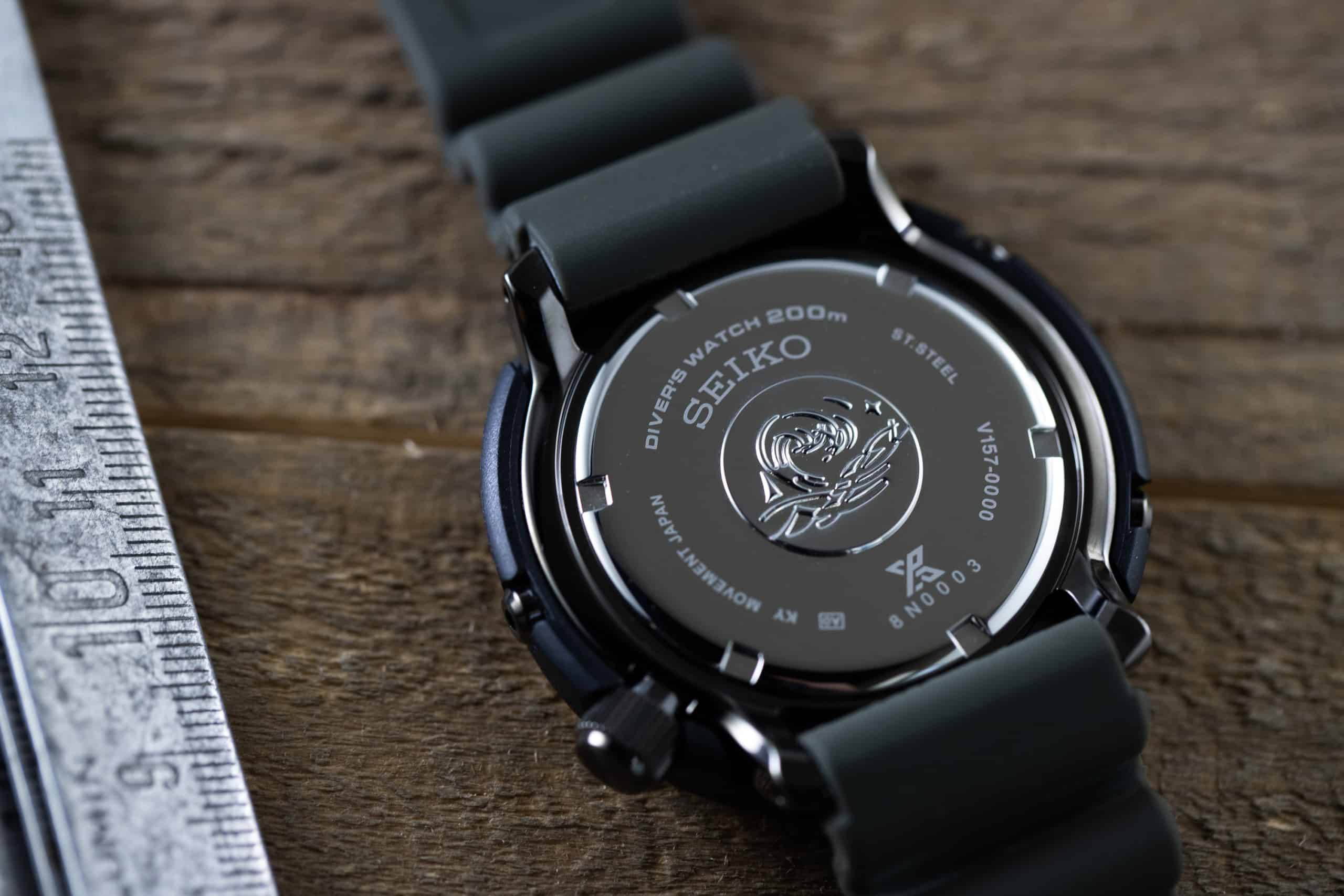Seiko has a long history of making superior dive watches perfect for pros, weekend enthusiasts, and everyone in between. In this three part series, we’ll take a look at the histories of three distinct dive watch families under the Seiko umbrella — timepieces so iconic and treasured by watch aficionados that many have their own, unofficial nicknames — and track their evolution to today’s most modern, tech-forward, Prospex iterations.
Today brings us to the final chapter in our series: Seiko’s shrouded divers. These unique dive watches have been a cult favorite for decades, while also serving as a lab of sorts for some of Seiko’s most ingenious technology. Their unique shape is among the most distinctive in the sports watch landscape, and has morphed from ugly duckling to something of a style icon in a few short decades.
In the 1970s, as dive watches were becoming more common among the general public and manufacturing capabilities continued to advance, watch design took many unique turns. Highly specialized watches with novel features began to hit the market, and they didn’t look much at all like the divers that popularized the genre just a decade before. Among the most intriguing dive watches introduced during this time was the Seiko 6159-7010, the so-called “Grandfather Tuna.” This milestone timepiece was developed in response to a now-famous letter from a professional diver expressing a need for a true diver’s watch that could withstand the conditions and shock that it would be exposed to under deep water conditions and activity. Introduced in 1975, the “Tuna” was unlike anything else Seiko had ever produced, distinctively styled, but also paving the way for a long series of tech-forward designs featuring some of Seiko’s most interesting movements.









 Featured Videos
Featured Videos




